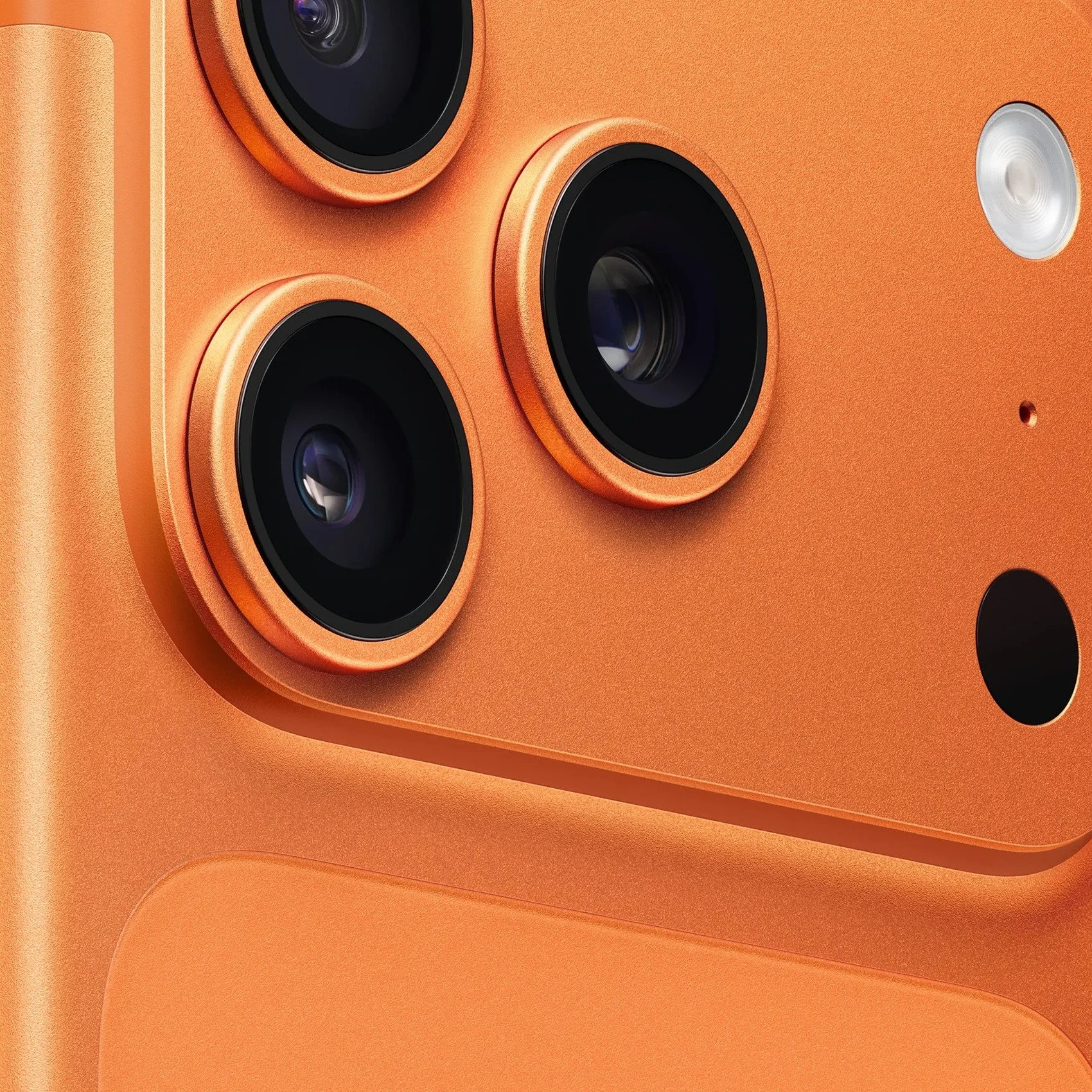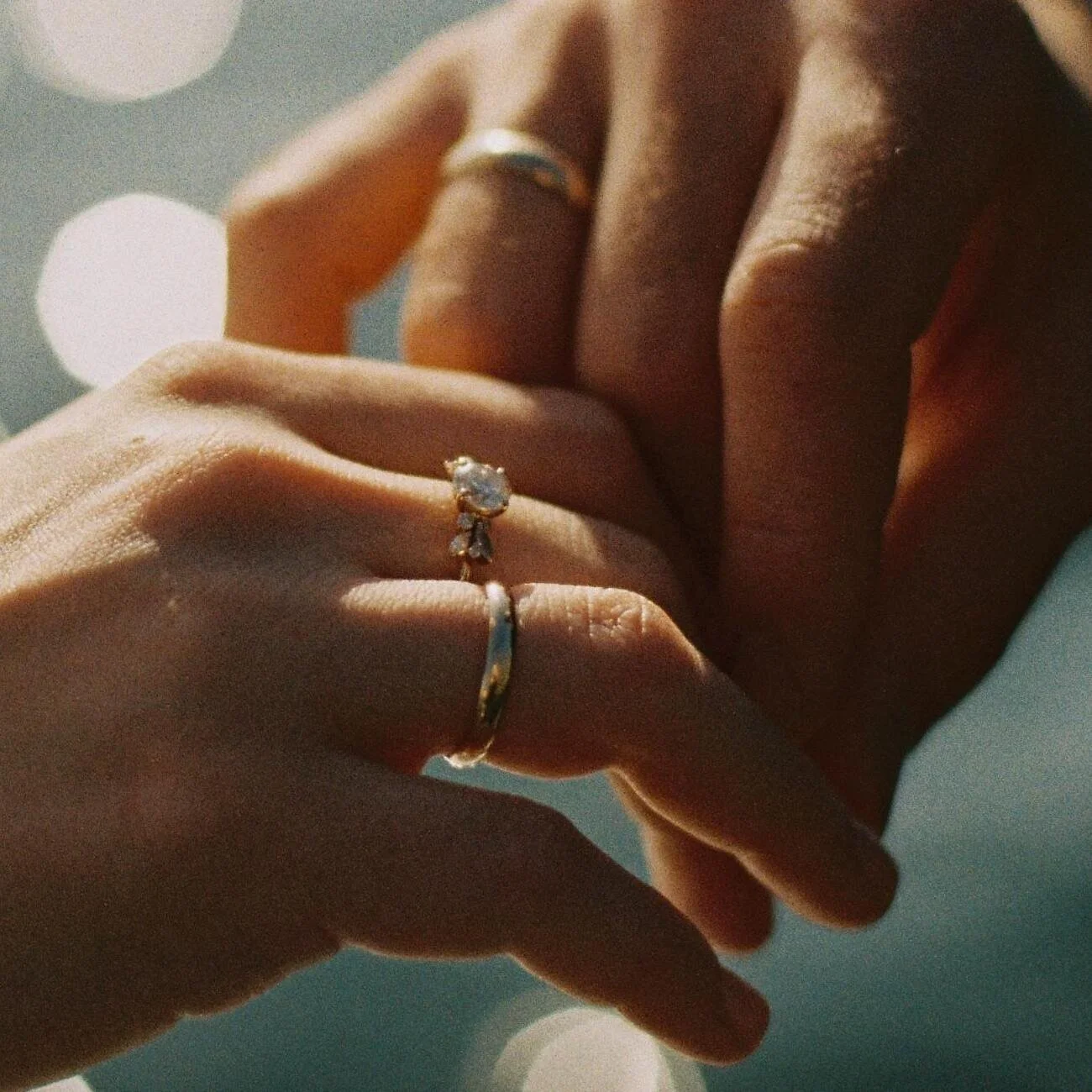Six tips for improving your flower photography!
Flower photography can be rewarding and a lot of fun - particularly for the gardeners among us! If you'd like to spend a little more time capturing nature's beauty with your camera, here are some things you can do relatively quickly to elevate your floral images.
You don't have to be a professional photographer to capture some really great photos! And, like with all photography, the more you practice, the more you experience, and the more mistakes you make, the better you will become at floral photography.
Backlight
Here's your chance to get creative with light. It can take some practice to get this one right, but you'll have some fun along the way and, hopefully, learn a lot. Shoot using a backlight to add some drama and creativity to a flower.
Backlighting is when the source of light is in front of your camera. In this case, it would light the flower from behind it. That can lead to some interesting glowing effects on the floral petals thanks to the light source and the translucence of the petals. You can use an artificial light source or, better yet, work with the golden hour lights for a natural, warm glow.
Macro
Beginning photographers often shoot florals from a distance. Usually, it's most potent beauty lies close up in its parts. If you're photographing a flower, get in close to it. It's the best way to capture its most interesting details. If you have a macro or zoom lens, pull it out. They're ideal for these type of shots.
Shoot On Cloudy Days
Shooting on a cloudy day, under diffused light, can produce the best exposure and images. It's no different than other outdoor photography. You might be included to think that a bright sunny day will be best for creating crisp, vivid images. It's the opposite, actually. Extremely bright lighting conditions can wash out an image while highlighting (over-emphasizing) shadows. Overcast days are ideal.
Shallow Depth Of Field
As portrait photographers know, a shallow depth of field adds a blurred background drawing the eye of the viewer to the subject. It's a soft and dramatic effect. A shallow depth of field can help the eye focus on one flower rather than a crowded field. But even when there's only one flower, the effect of a shallow depth of field can have a dramatic visual impact.
Perspective
Be nimble when shooting florals because the perspective from which you shoot can matter significantly to the final image. Try different angles, including an unexpected view. Don't just stand in front of a flower and shoot. Try shooting from beneath it (get on the ground and shoot up) or shooting it from behind. Focus on the entire flower or just one part of it using a macro lens. Try shooting at an angle. Don't just shoot. Stop and take a moment to really see what there is.
Consider the background
Whether you're shooting macro or not, always consider what is in the environment of the flower (subject) and what the best composition would be for the shot. A cluttered or busy environment will likely distract from the flower, and that means you're diminishing its visual quality or impact. Obviously, you can't always change a background, but you can move. Change your position and perspective.
Good luck shooting flowers! It's genuinely a fun genre that can get you out of the house out for a nice walk.





















